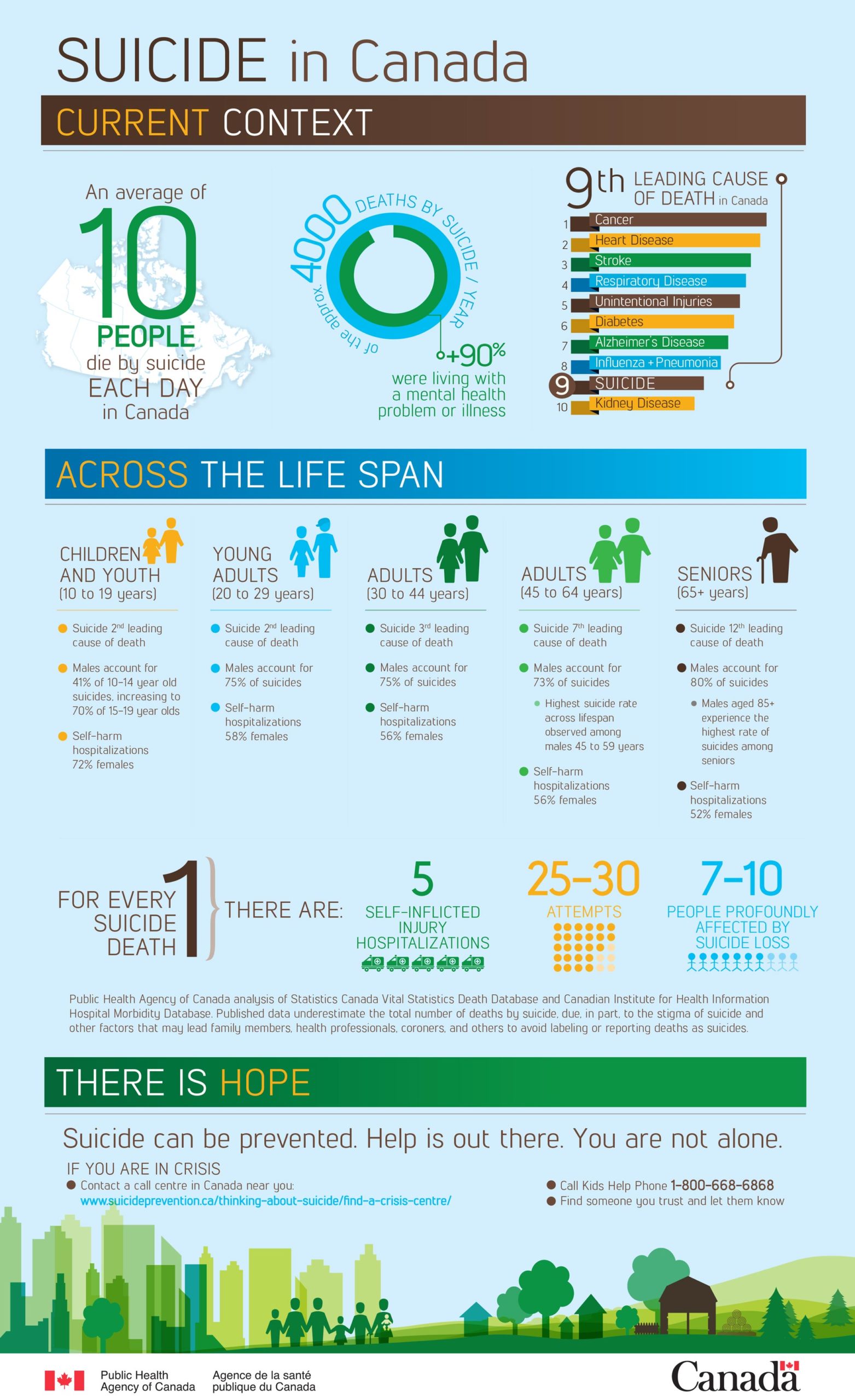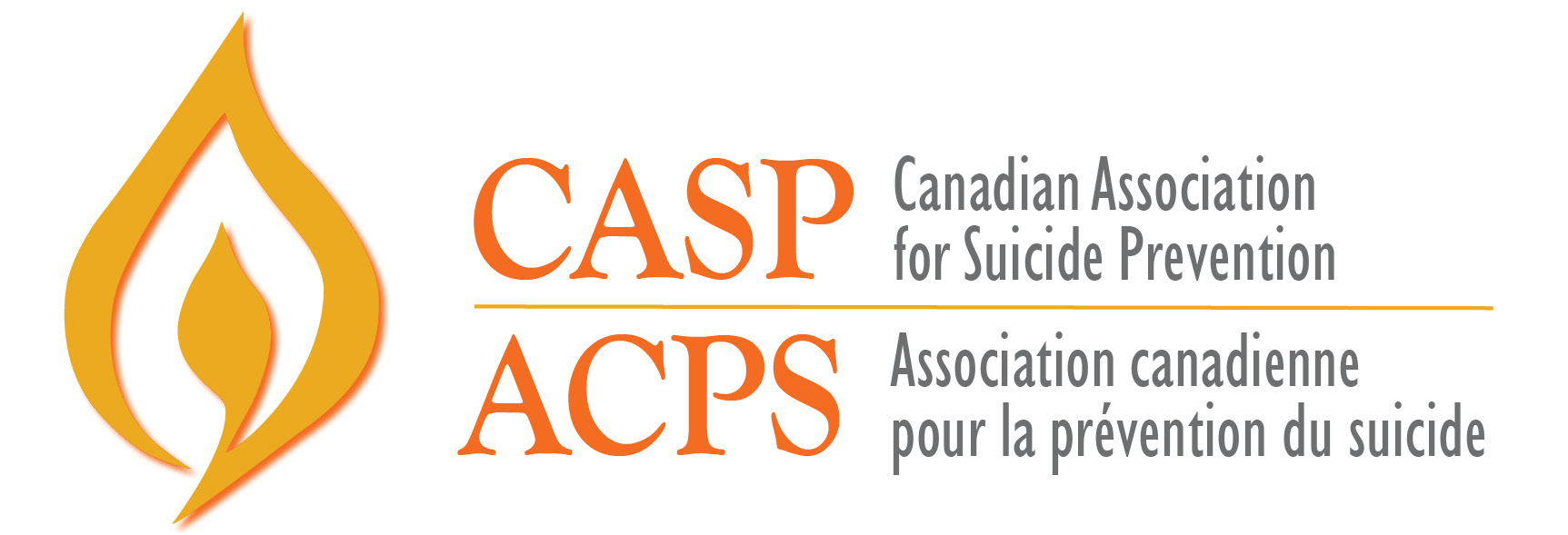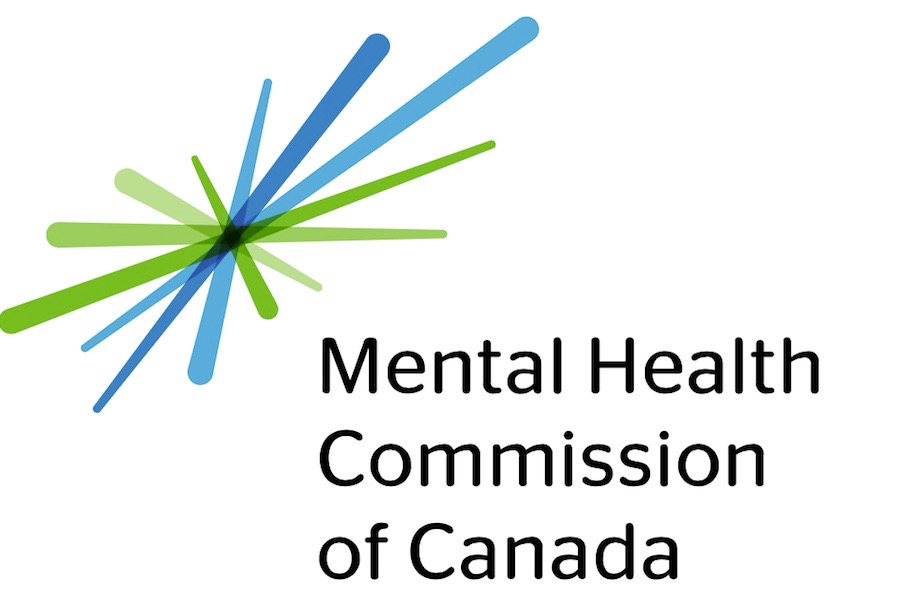It involves a range of biological, psychological and social risk factors. Individuals considering death by suicide are in an intolerable amount of psychological pain as the result of not one single event or factor but of many intersecting factors. This leads to a level of hopelessness that makes ending their life an option.
It involves a range of biological, psychological and social risk factors. Individuals considering death by suicide are in an intolerable amount of psychological pain as the result of not one single event or factor but of many intersecting factors. This leads to a level of hopelessness that makes ending their life an option.
Suicide
Suicide is not about wanting to die. It is about struggling to live.
Researchers describe suicide as a complex issue involving multiple factors that interact with each other and are influenced by the environment in which a person lives. Stressful experiences, such as exposure to trauma, the death of a loved one, a job loss, a change in physical health or relationships and individual characteristics and behaviours are also associated with suicide. This perfect storm of dynamic factors converges in a highly individualized way, resulting in suicidal thoughts or behavior.
People who experience suicidal thoughts and feelings are suffering with tremendous emotional pain. People who have died by suicide typically had overwhelming feelings of hopelessness, despair, and helplessness. Suicide is not about a moral weakness or a character flaw. People considering suicide feel as though their pain will never end and that suicide is the only way to stop the suffering.
Suicide Statistics
Every day 10 Canadians die by suicide.
As a serious public health problem suicide is the 9th leading cause of death in Canada. Suicide creates long term harm and effects individuals, families and communities.
For every Canadian that dies it is estimated that 25 more community members attempt suicide. Up until recently it was believed that 7-10 people were significantly affected by each death by suicide. However, a recent study suggests that for every suicide there is on average 135 individuals impacted 15-30 of which will be profoundly affected. (Cerel et al.,2018)
Of the approximately 4000 deaths each year 75% are males, 25% are females. The highest suicide rate across the lifespan is seen in males age 45-59. Suicide is the second leading cause of death in youth ages 10-19 and young adults ages 15-34.

Risk and Protective Factors
The presence of risk factors can make it more likely that an individual will consider, attempt or die by suicide. The highest risk for suicide is usually found in a combination of multiple risk factors.
Conversely, there are protective factors that help to build resiliency making it less likely an individual will die by suicide. When considering either risk or protective factors it is important that you understand that the degree of risk or protection conveyed in any one factor will differ among individuals.
Understanding common risk and protective factors is important when considering suicide prevention activities and programs for a community.
Risk Factors
- Previous suicide attempt
- Mental illness (depression, bipolar depression, schizophrenia)
- Substance Abuse
- Family history of suicide
- Access to lethal means
Protective Factors
- Accessible and effective mental health care
- A sense of connectedness or belonging to something bigger than self
- Effective coping and problem solving skills
- Strong positive relationships that lead to feeling secure and supported
Signs of Distress
Being familiar with risk and protective factors for suicide can provide a foundation for understanding suicide and planning community suicide prevention approaches. Awareness of the factors associated with increased risk for suicide can also help in identifying vulnerable individuals.
However, when we are considering individuals at risk of suicide it is important to focus on shifts and changes in their behaviour, as well as their reactions and responses to the environment. Whether risk factors are obviously present or not, death by suicide can happen impulsively when life circumstances such as loss, rejection, isolation, chronic pain or illness create a crisis in a person's life that is overwhelming.
Individuals thinking of suicide may be frightened, confused or even ashamed about what they are going through. This can make it too difficult to talk or ask for help. Instead, they try to hide their pain. Here are some signs of distress that could indicate that an individual is contemplating suicide:
- engaging in reckless or risky behaviour
- increased use of drugs or alcohol
- talking, writing, or posting on social media about death, dying or suicide
- threatening to hurt or kill themselves
- expressing feelings of worthlessness, hopelessness, and that life is not worth living anymore, or feeling like a burden to others
- withdrawing from friends, activities, school
- changes in mood, including anger and agitation
- not taking care of their appearance (e.g. not washing, looking disheveled, clothes not clean)
- giving away possessions
- saying goodbye to loved ones
If you notice any of these warning signs start a conversation. Tell the individual why you are concerned by sharing the warning signs that you have noticed. Ask directly about suicide ... “are you thinking of ending your life?”. Listen compassionately, without judgement to the sources of pain the individual is experiencing. Connect to supports. For more information download Suicide is About Pain.





